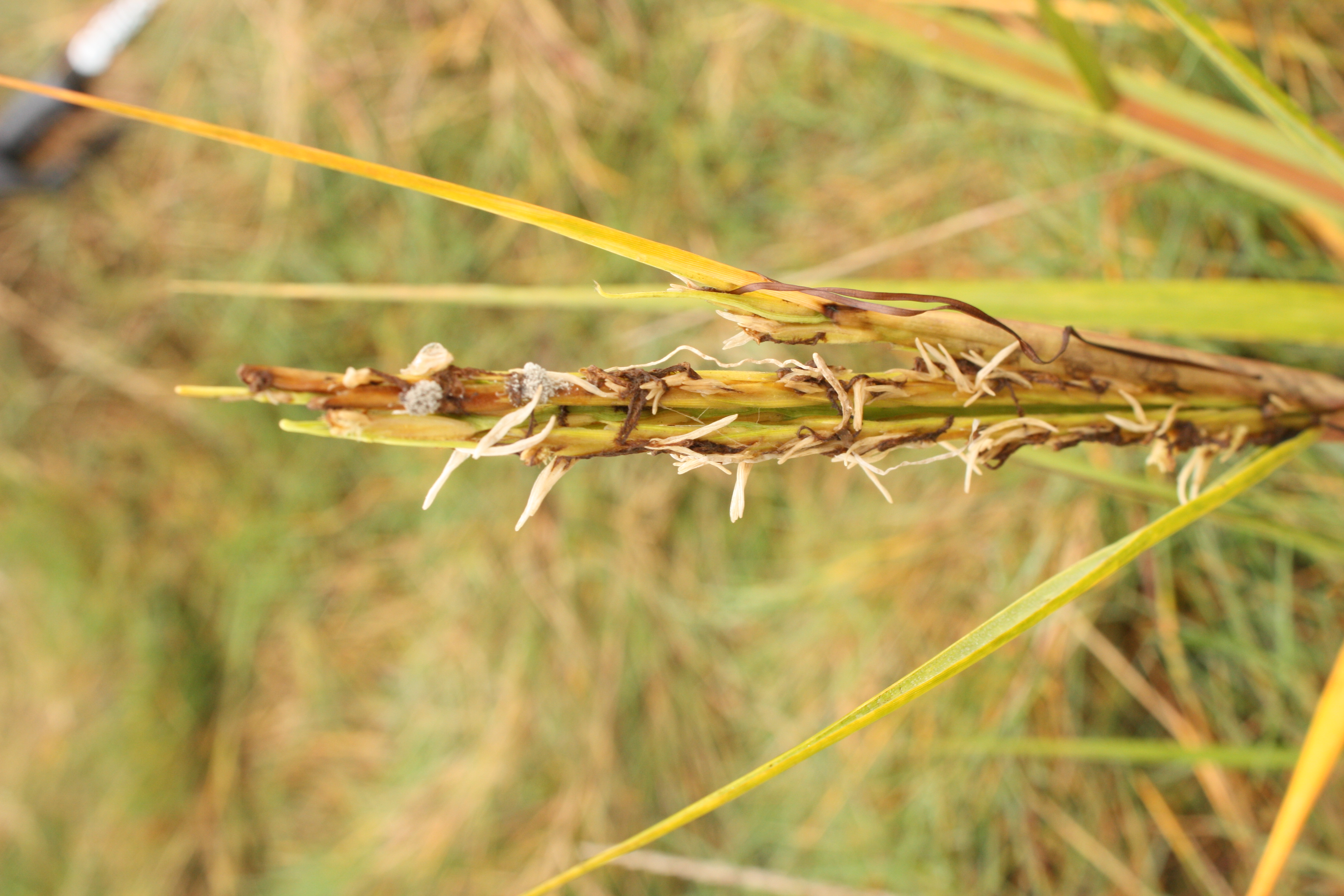Exegesis was contracted by the National Parks and Wildlife Service to review the ecology, occurrence and options for control of common cord-grass in Ireland. This work built upon the previous review of common cord-grass we undertook that focused on England. In England the species can be regarded as an endemic native, but in Ireland it is regarded as an invasive non-native.
 Common cord-grass. © Tom Haynes.
Common cord-grass. © Tom Haynes.
The objectives of this review were to:
- Review the ecosystem effects of common cord-grass
- Map the distribution and extent of common cord-grass in Ireland
- Review the options for the control and management of common cord-grass
- Develop a common cord grass control action plan that can be applied to coastal sites in Ireland
Literature review suggested that the perceived impacts of common cord-grass are often speculative. There was evidence of an impact on macrobenthos diversity, which may explain reported impacts on wading birds that feed on these organisms. There is also evidence that it can impact eelgrass Zostera beds. However, few other reported impacts had strong support and there were suggestions that common cord-grass might facilitate other species. There are also uncertainties about the relationship of sediment regimes and common cord-grass, and the potential impact of management and dieback.
Data analysis was undertaken in PostGIS. The extent of common cord-grass was determined based on the two Saltmarsh Monitoring Projects and the SAMFHIRES project. These provided excellent and up to date coverage, suggesting that the extent of common cord-grass was in the range 688 to 1,223 ha. These data combined with presence based records of the species showed that common cord-grass was widely distributed in Ireland, with records intersecting 167 out of 214 coastal sites.
The threat posed by common cord-grass to Annex I habitats was assessed. It was found to pose a substantial threat to three Annex I habitats, with particular concern for the rarest habitat considered (H1420).
Based on the literature review, a mixture of cutting, smothering, excavation and herbicide application could be used to control common cord-grass. However, this came with caveats, as some techniques, such as cutting, are unlikely to be effective on their own, and all techniques risk impacting other species and habitats in the vicinity. We therefore developed a management decision tool to help guide managers though the analysis required to determine the amount of survey and management action required for a site. This was provisionally implemented on the 167 coastal sites with records of common cord-grass to estimate the extent and costs of actions required.
Note that common cord-grass is currently subject to a degree of nomenclatural uncertainty. Formerly known as Spartina anglica, it is now considered to be a member of the genus Sporobolus, as Sporobolus anglicus. However, this change has not been universally accepted.
Further information from Claire Lush.